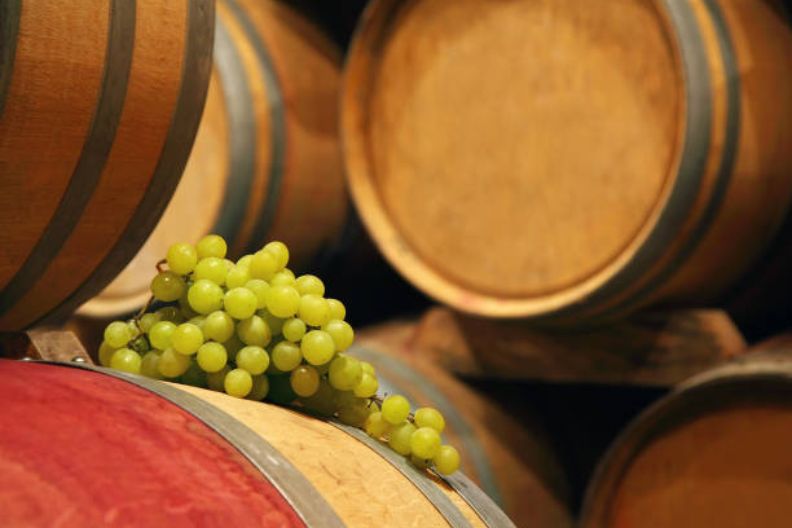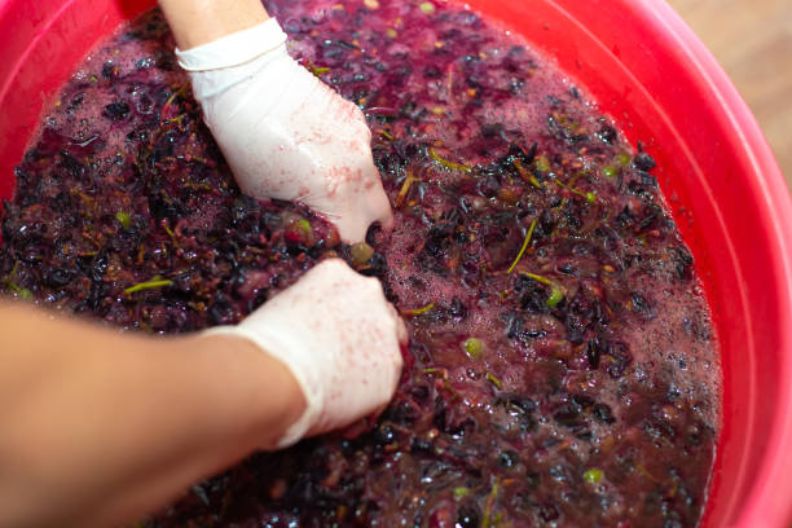
Insights
Whole Bunch Fermentation: What you need to know
Find out the working, the pros and cons, challenges, variations, and the type of wines produced by Whole Bunch Fermentation.
Whole bunch fermentation is a winemaking technique that involves fermenting whole clusters of grapes, stems, and all, without destemming or crushing them beforehand. This technique has been used for centuries in various winemaking regions around the world but has recently gained popularity as a way to produce wines with unique flavor profiles.
[[relatedPurchasesItems-46]]
Here's what you need to know about whole-bunch fermentation:
How it works
During whole-bunch fermentation, the grapes are left intact with their stems and placed in the fermentation vessel. The weight of the grapes and stems helps to crush the grapes, releasing their juice. The stems also play a role in the fermentation process, as they contain wild yeasts that contribute to the fermentation.
US Market
Whole bunch fermentation has been around for ages, however, it has recently gained popularity among winemakers in the US, particularly in regions such as California and Oregon.
In California, whole bunch fermentation is commonly used for Pinot Noir, Syrah, and Grenache wines. Many winemakers in the state have found that using whole bunches can enhance the aromatics and flavors of these wines, as well as provide a more structured tannin profile.
In Oregon, whole-bunch fermentation is also gaining popularity among winemakers. Many producers of Pinot Noir are using the technique as a way to enhance the wine's aroma and flavor complexity, as well as to produce wines with a more delicate tannin structure. Some Oregon winemakers are also experimenting with whole bunch fermentation for other grape varieties, such as Gamay and Cabernet Franc.

Advantages
Whole bunch fermentation can offer several advantages over other winemaking techniques. One advantage is that the stems can add tannins and other flavors to the wine, giving it a more complex flavor profile. Another advantage is that the technique can lead to a slower, gentler fermentation, which can help preserve the fruit flavors of the grapes.
Challenges
Despite its advantages, whole-bunch fermentation can also pose some challenges for winemakers. One challenge is that the stems can make the fermentation process more difficult to control, as they can release tannins and other compounds that can affect the wine's flavor and texture. Additionally, if the stems are not fully ripe, they can contribute green, vegetal flavors to the wine.
Variations
There are several variations of whole bunch fermentation that winemakers can use, depending on their preferences and the characteristics of the grapes they are working with. One variation is to include a percentage of destemmed grapes in the fermentation to help control the tannin levels. Another variation is to use carbonic maceration, a technique where the grapes are fermented in a carbon dioxide-rich environment, which can enhance the fruit flavors of the wine.

Wines produced
Whole bunch fermentation can produce wines with a range of flavor profiles, depending on the grape variety, growing conditions, and winemaking techniques used. In general, whole bunch fermented wines tend to have more savory and herbal notes, along with fruit flavors. They can also have a slightly grippy tannin structure that can lend itself well to aging. If you're interested in trying a whole bunch of fermented wine, look for wines made from grape varieties that are known to respond well to the technique, such as Pinot Noir or Syrah.
Written by Stuti Khetan, Beverage Trade Network
Become a USATT exhibitor and grow your distribution in the USA. Meet importers, distributors, retailers and press. Get exhibitor information here.


